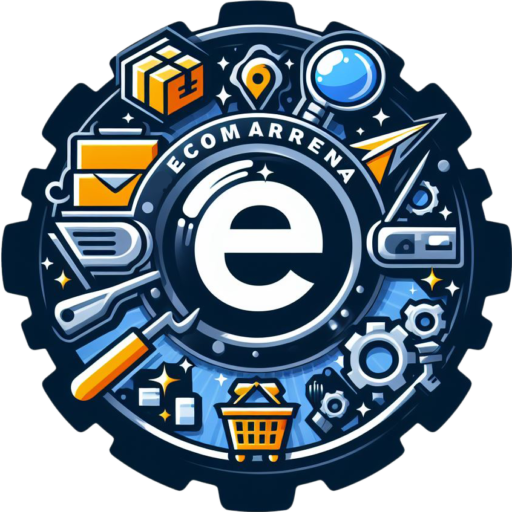WordPress is a free and open-source software that allows you to create and manage websites, blogs, and online stores without any coding skills. WordPress is the most popular and widely used website builder and content management system (CMS) in the world, powering over 42.7% of all websites on the internet.
What is WordPress?
WordPress was launched in 2003 by Matt Mullenweg and Mike Little as a fork of an existing blogging tool called b2/catalog. WordPress started as a simple blogging platform but soon evolved into a versatile CMS that can be used to create any type of website imaginable. WordPress is written in PHP and uses MySQL or MariaDB as its database. WordPress also uses various other PHP frameworks, such as Laminas and Symfony, to provide its core functionality and features.
WordPress offers two main versions for different types of users and needs: WordPress.org and WordPress.com. WordPress.org, often called self-hosted WordPress, is the free and open-source WordPress software that you can download, install, and customize on your own web host and domain. WordPress.org gives you full control and flexibility over your website but also requires more technical skills and maintenance. WordPress.com, on the other hand, is a paid and cloud-based service that is powered by the WordPress.org software. WordPress.com provides you with a ready-made and easy-to-use website but also limits your options and features.
Most of the time, when people say “WordPress”, they mean the self-hosted WordPress available at WordPress.org. All you need to get started with self-hosted WordPress is a WordPress hosting service and a domain name.
How does WordPress work?
To start using WordPress, you need to create an account and choose your WordPress version. If you opt for WordPress.org, you need to download and install the software on your own server and domain. You also need to configure and customize the software according to your needs and preferences. If you opt for WordPress.com, you need to sign up for a subscription plan and access the software through the cloud. You also need to set up and manage your website using the WordPress.com features and options.
To create and manage your website on WordPress, you need to use the WordPress dashboard, which is the backend interface of the platform. The WordPress dashboard allows you to perform various tasks and functions, such as:
- Posts: This is where you can create, edit, and publish blog posts, and manage their categories and tags.
- Pages: This is where you can create, edit, and publish static pages, such as About, Contact, or Services.
- Media: This is where you can upload, edit, and delete images, videos, audio, and other files that you want to use on your website.
- Comments: This is where you can view, approve, reply, and delete comments that your visitors leave on your website.
- Appearance: This is where you can change the look and feel of your website, such as themes, widgets, menus, and customizers.
- Plugins: This is where you can add, activate, and deactivate plugins that extend the functionality and features of your website, such as contact forms, SEO tools, security plugins, and more.
- Users: This is where you can add, edit, and delete user accounts, and manage their roles and permissions.
- Tools: This is where you can access various tools and utilities, such as import, export, site health, and more.
- Settings: This is where you can configure and adjust various settings and options, such as general, writing, reading, discussion, permalinks, and more.
To enhance and customize your website on WordPress, you can also use various themes and plugins that are available in the WordPress directory or from third-party providers. Themes are templates or designs that change the appearance and layout of your website, such as colors, fonts, headers, footers, and more. Plugins are modules or extensions that add new features and functions to your website, such as contact forms, SEO tools, security plugins, and more. You can install, activate, and configure themes and plugins using the WordPress dashboard or the WordPress CLI (Command Line Interface).
Conclusion
WordPress is a great platform to create and manage your website, whether you want a blog, a portfolio, an online store, or anything else. WordPress provides a simple, powerful, and flexible solution that allows you to customize and optimize your website according to your needs and goals.

